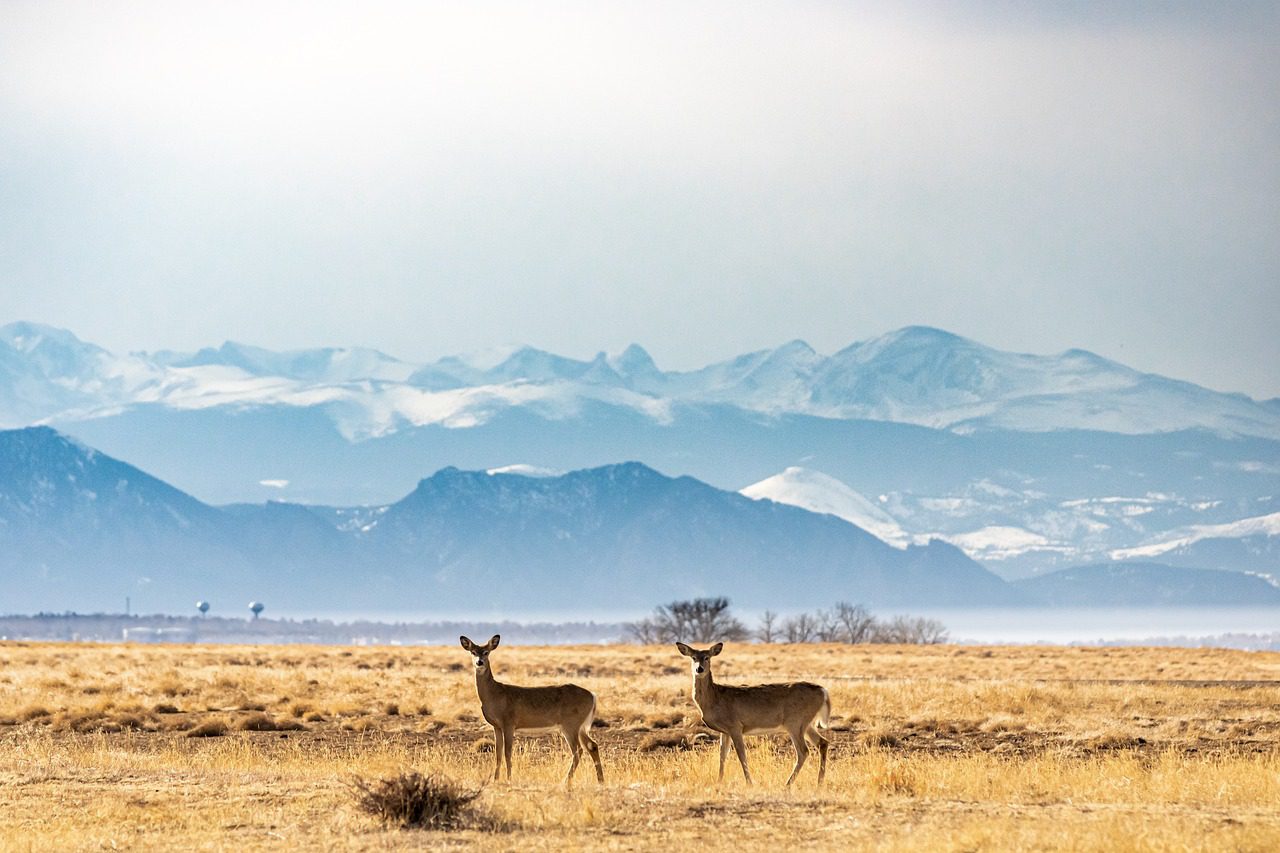- Study finds current water management strategies may be insufficient in the face of climate change.
- Water conservation, including changes in crop type and extent, may be a more effective adaptation strategy than expanding reservoir capacity.
- Researchers developed a risk assessment framework to evaluate the vulnerability of agricultural communities to changes in snowfall and snowmelt patterns.
- Study highlights the importance of local-level decision-making in water management.
- Findings emphasize the need for proactive efforts to adapt to a future with less snow.
June 28, 2024 — A new study led by scientists at the Desert Research Institute (DRI) reveals that the Western US, which relies heavily on mountain snowpacks for water, may need to rethink its adaptation strategies to climate change. The study, published in Earth’s Future on June 11, 2024, suggests that traditional approaches like expanding reservoir capacity may not be enough to mitigate the effects of reduced snowfall and altered snow melt patterns.
reveals that the Western US, which relies heavily on mountain snowpacks for water, may need to rethink its adaptation strategies to climate change. The study, published in Earth’s Future on June 11, 2024, suggests that traditional approaches like expanding reservoir capacity may not be enough to mitigate the effects of reduced snowfall and altered snow melt patterns.
The researchers focused on agricultural communities particularly vulnerable to water shortages. By analyzing historical data and future climate projections for 13 communities, they found that water conservation measures, such as changing crop types and reducing acreage, could be more effective in adapting to a drier future. Their models showed that these conservation strategies could restore an average of about 20% of reservoir capacity by the end of the century.
“A lot of decisions about water are made at the local level, but there’s this big disconnect between that reality and the macro-scale level of most research on this topic,” says lead author Beatrice Gordon , a sociohydrologist and postdoctoral researcher at DRI. “We really wanted to understand what the future could look like at the scale that most communities manage their water resources. What are the levers that folks in these communities have when it comes to a future with less snow?”
, a sociohydrologist and postdoctoral researcher at DRI. “We really wanted to understand what the future could look like at the scale that most communities manage their water resources. What are the levers that folks in these communities have when it comes to a future with less snow?”
The study’s findings highlight the importance of understanding local context when developing adaptation strategies. “Dr. Gordon assembled a very impressive and unprecedented dataset for this paper linking agricultural water supply and demand across the Western United States,” says study co-author Gabrielle Boisramé , assistant research professor at DRI.
, assistant research professor at DRI.
The researchers also emphasized the interconnectedness of water systems in the West. Many of the communities they studied are located in headwaters areas, meaning that their water management decisions have downstream impacts. “A lot of these areas are providing downstream water to other communities,” Gordon explains. “So, if they have an increase in demand and a decrease in supply, it impacts not only that area, but also the areas that rely on that water downstream.”
The study’s results underscore the urgency of addressing water scarcity in the West. “It shows how important it is to dedicate effort – now, not in 20 to 50 years – to figuring out how we, as scientists, can provide better information about water conservation,” Gordon says. “And I think that there’s an opportunity to really think about how we support communities in these efforts, especially small communities in headwaters regions that might be fully dependent on agriculture.”
More information:
The full study, The Essential Role of Local Context in Shaping Risk and Risk Reduction Strategies for Snowmelt-Dependent Irrigated Agriculture, is available from Earth’s Future at https://agupubs.onlinelibrary.wiley.com/doi/10.1029/2024EF004577


We have top scientists, water experts and the most modern of technology at our disposal yet we cannot help ourselves if the winter snow falls cease. We were paying attention in the 1960’s and our fight is with Mother Nature and the Elements. I pray the brilliant minds of today produce a miracle.